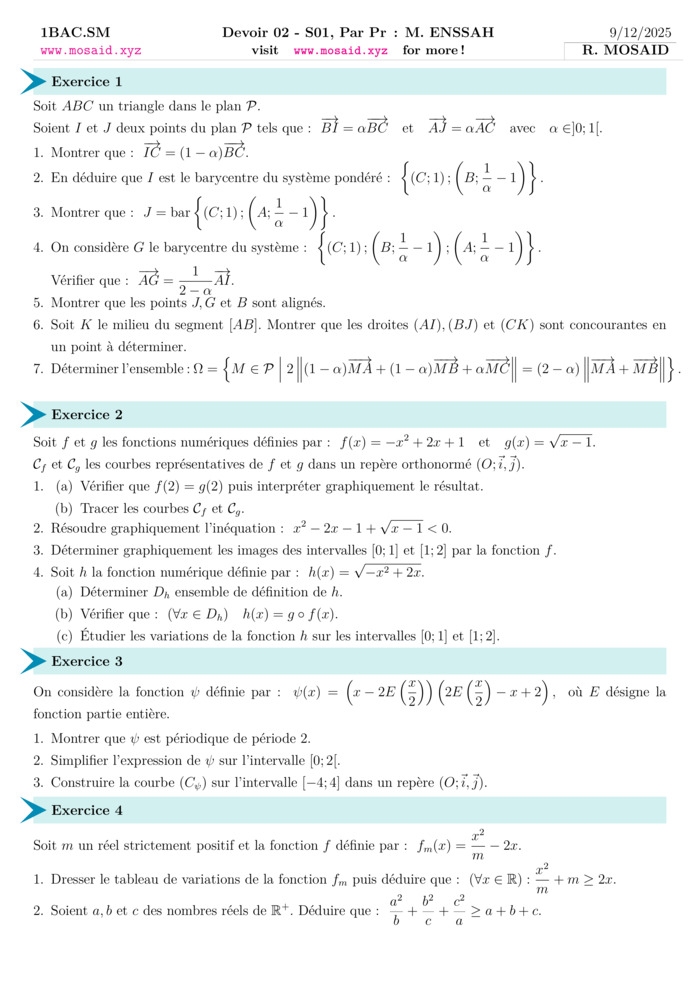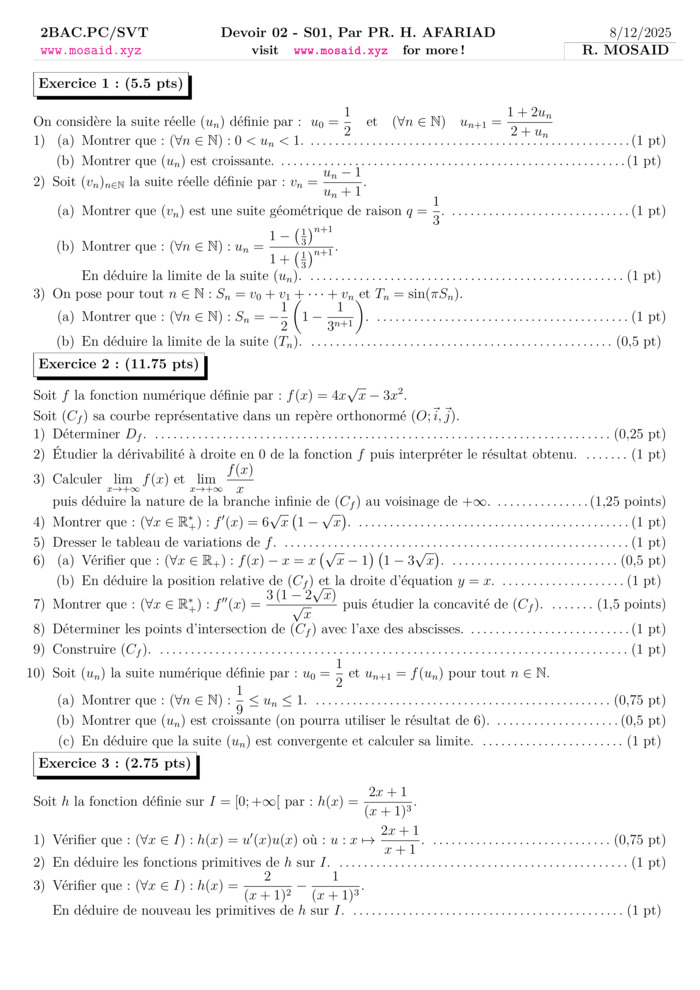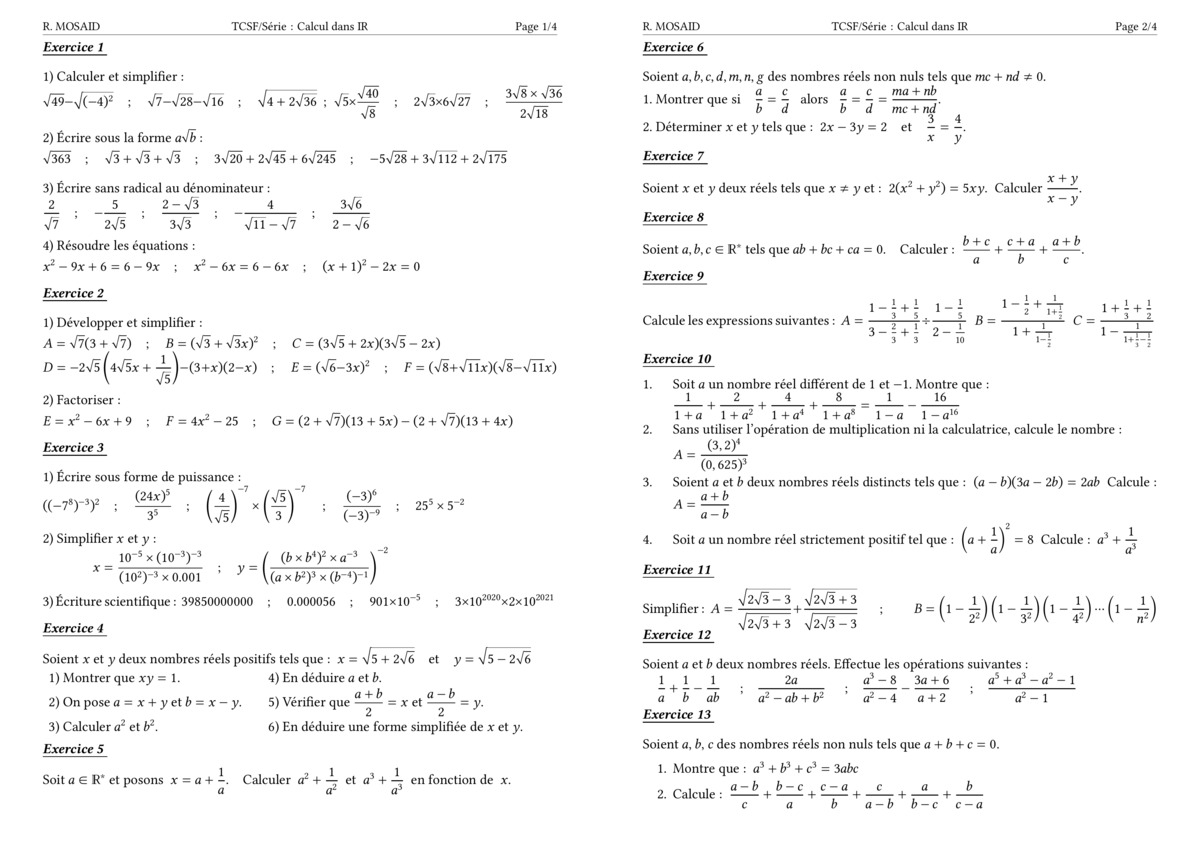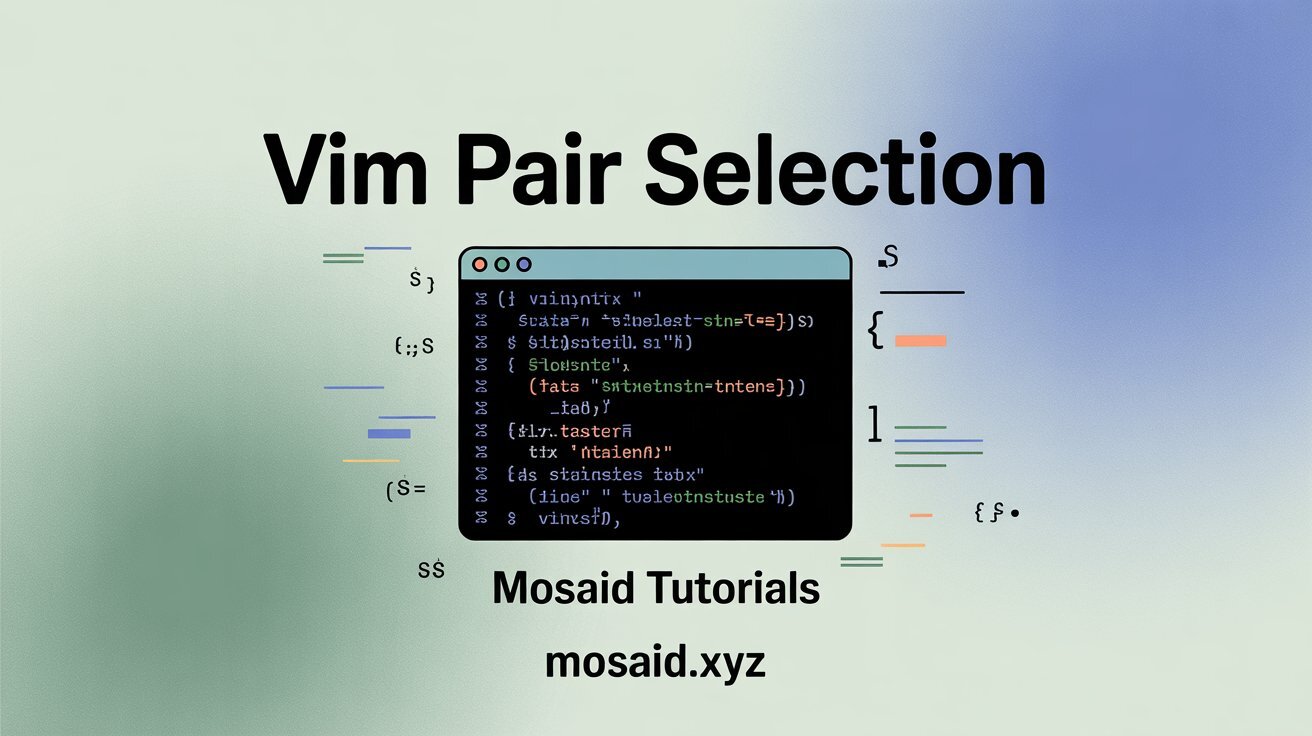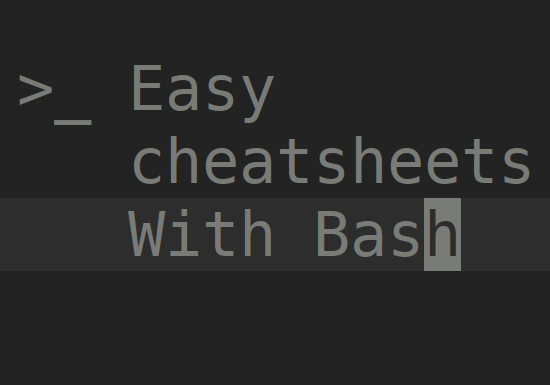Multirow and Multicol in tabular
📅 December 10, 2024 | 👁️ Views: 98
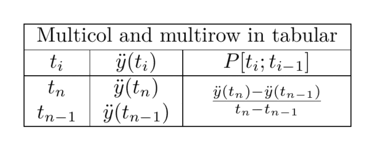
The \multicolumn{3}{alignment}{content} command in LaTeX allows a single cell to span multiple columns. The first argument (3) specifies the number of columns the cell will span, meaning it will cover three adjacent columns. The second argument (|c|) determines the alignment and borders of the spanned cell, where c centers the content, and | adds vertical borders on both sides. The third argument (content) is the text or content of the spanned cell. Similarly, the \multirow{2}{*}{content} command lets a single cell span multiple rows. The first argument (2) specifies the number of rows the cell spans, and the second argument (*) indicates that the width is automatically adjusted to fit the content. The third argument (content) is the actual content of the spanned cell. Together, these commands allow flexible and well-organized table designs in LaTeX.
\documentclass{standalone}
\standaloneconfig{margin=4mm}
\usepackage[utf8]{inputenc}
\usepackage{multirow}
\usepackage{multicol}
\usepackage{array}
\begin{document}
\begin{tabular}{|c|c|c|}
\hline
\multicolumn{3}{|c|}{Multicol and multirow in tabular}\\
\hline
$t_i$ & $\ddot{y}(t_i)$ & $P[t_{i};t_{i-1}]$ \\ \hline
$t_n$ & $\ddot{y}(t_n)$ & \multirow{2}{*}{\(\frac{\ddot{y}(t_n) - \ddot{y}(t_{n-1})}{t_n - t_{n-1}}\)} \\
$t_{n-1}$ & $\ddot{y}(t_{n-1})$ & \\ \hline
\end{tabular}
\end{document}
Related Courses, Exams, and Exercises
Course PDF:
📥 Download Multirow and Multicol in tabular (PDF)
if you find this content helpful, Please consider supporting me with a small donation
إن وجدت هذا المحتوى مفيدا، من فضلك إدعمني بمبلغ بسيط كتبرع
Buy me a coffee — إشتر لي قهوة
PayPal.me • عبر بايبالOr bank transfer • أو حوالة بنكية
Titulaire : RADOUAN MOSAID RIB : 230 090 6501953211022000 65 IBAN : MA64 2300 9065 0195 3211 0220 0065 BIC / SWIFT : CIHMMAMC
Recent Courses
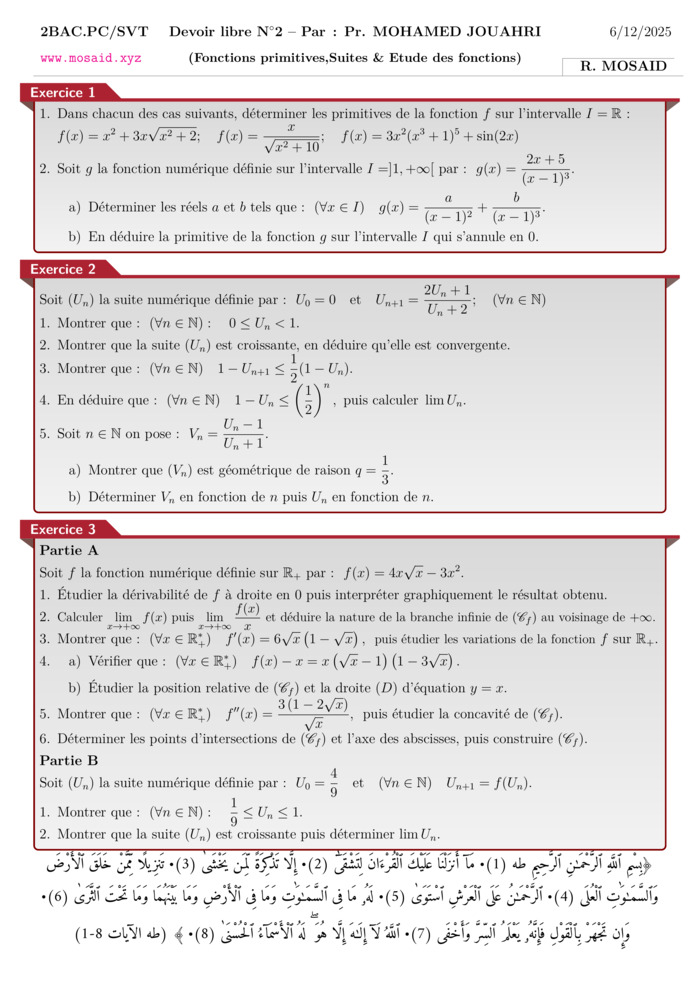
Devoir libre 02, Fonctions primitives, Suites & Etude des fonctions
09 Dec 2025
Exam • Maths • 2 Bac Science
Most Viewed Courses
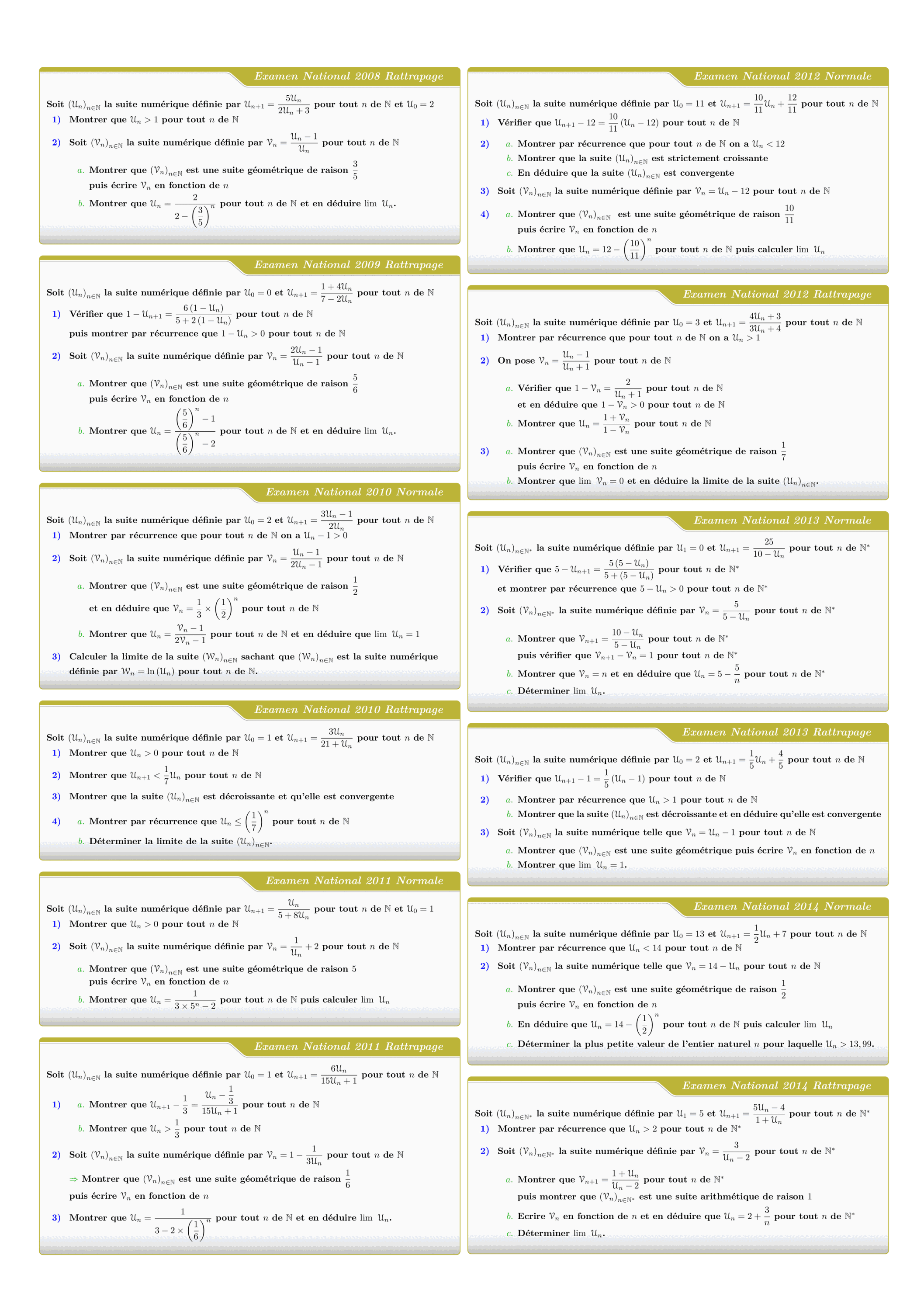
Tous les sujets des suites numériques des examens nationaux 2008 - 2022
Views: 1.77K
Exam • Maths • 2 Bac Science
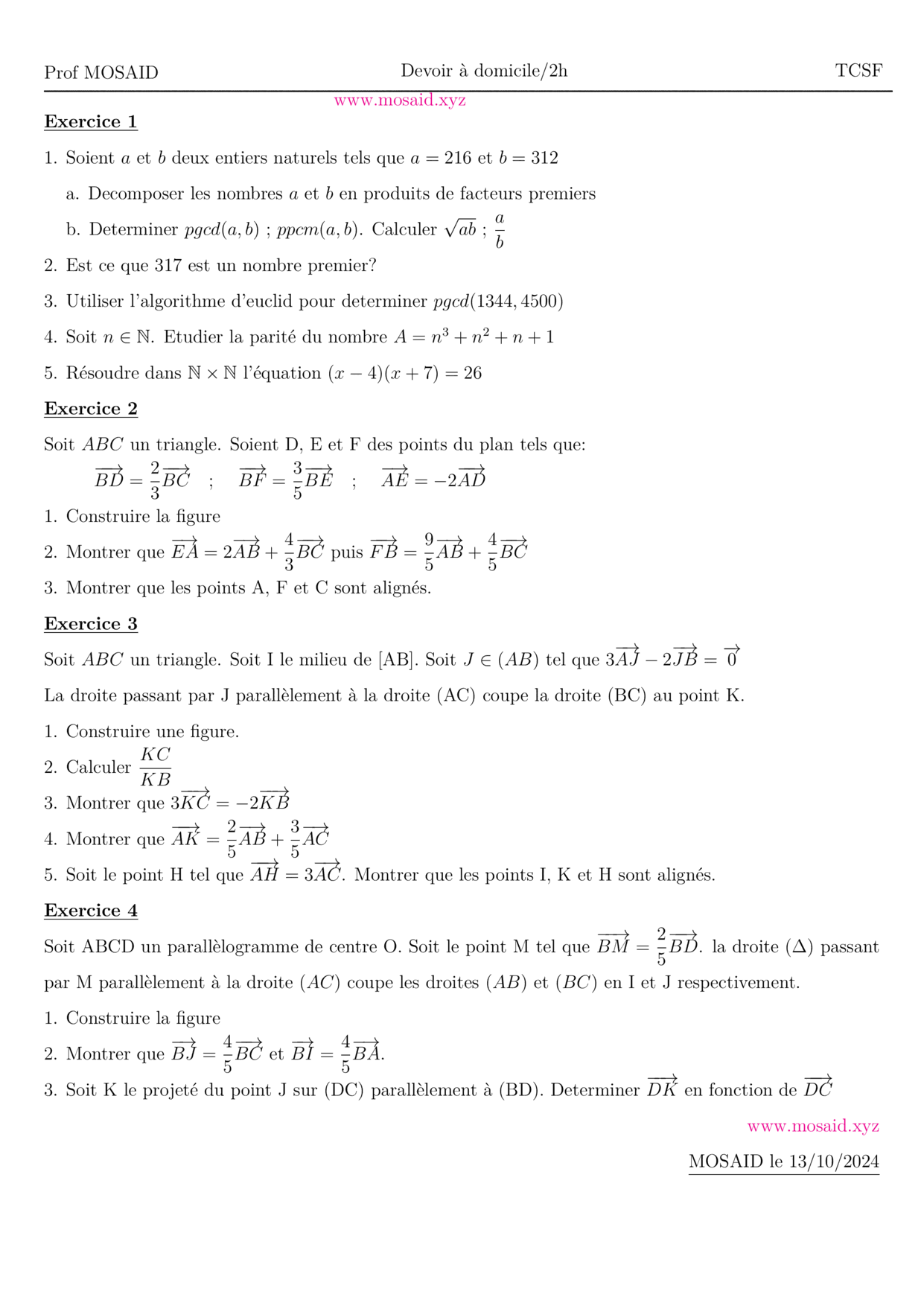
DM 1 - Arithmetiques, Calcul vectoriel et projection
Views: 1.61K
Exam • Maths • Tronc Commun Sciences
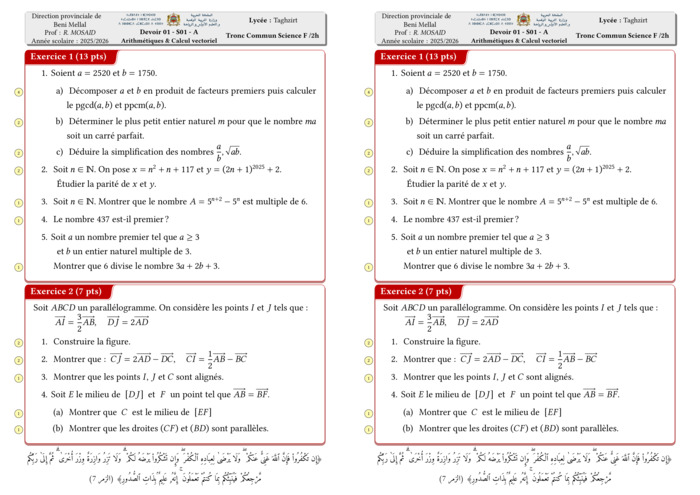
Control 01 S01 En arithmétiques et Calcul vectoriel - A 2025-2026
Views: 1.56K
Exam • Maths • Tronc Commun Sciences

MATHEMATIQUES Examens nationaux 2003-2021 2 Bac.Sciences expérimentales
Views: 1.56K
Exam • Maths • 2 Bac Science
Recent Articles

Boosting LaTeX Editing with Custom Vim Mappings
23 Nov 2025

Quran Search: A Feature rich and modern design
13 Feb 2025

